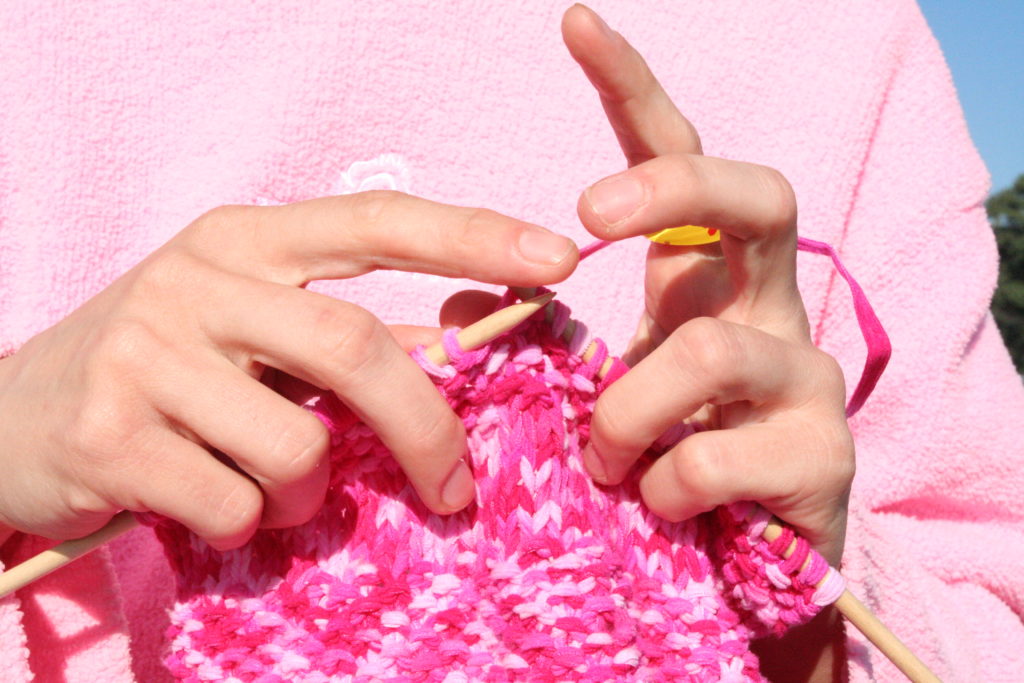
Of the myriad questions I’ve suspected would stump me, this has never been one: “What’s your favorite color, Mr. Jake?” And yet, despite ample experience answering this question as an early childhood guide, I recently found the lag time of my response increasing; the child would patiently await my answer as I looked into their eyes and wondered, “What am I trying to do here?”
For years I thought, as I’m a cisgender man in the US, my unequivocal response ought to be “pink.” This answer often felt good, especially when the child would push back about how that wasn’t a color for me to like. It never took much to redirect their thinking on this point so I often left these conversations feeling victorious.
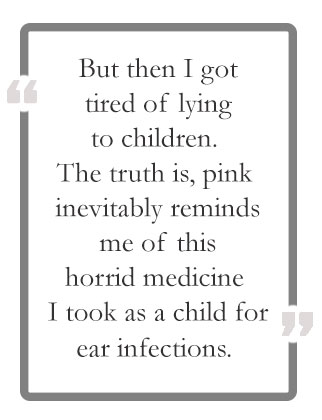
But then I got tired of lying to children. The truth is, pink inevitably reminds me of this horrid medicine I took as a child for ear infections. I decided to pivot to a more honest answer that nevertheless might have complicated their emerging perception of masculinity: “Purple.” I’m genuinely a fan of purple, though I’m wondering how this can be true given equally horrific childhood memories of grape-flavored Dimetapp cough syrup so perhaps I should interrogate this further in my own time. Regardless, I began to deploy “purple” as an emphatic response, but this they accepted too willingly and, as I love a good debate, I missed getting pushback. So I decided to bring pink back as a diagnostic; if any child took issue with my color preference (an emphatic “Purple, tied for first place with pink”) I knew to keep an eye on their nascent grasp of gender.
But then I began to wonder whether I should even be answering this question at all. In an outstanding training I attended on gender for educators, the California-based Gender Spectrum organization began in an unlikely place: by citing astrophysicist Neil deGrasse Tyson on whether or not Pluto is a planet:
It’s a very human thing to say is it this or is it that? Is it a planet or is it not a planet? Is it less filling or is it great taste? Is it gum or is it candy? These are sort of false dichotomies; something can be both but our languages forces us to require that it’s one word or another. What we’re not recognizing is it’s not a fault of the object or the concept–it’s a defect in our language. And if our thoughts follow language, we have trouble thinking of things that fit into more than one category… Allow there to be a spectrum in all that you see.
Neil deGrasse Tyson
Dr. Tyson’s point is well taken not only in the debate over Pluto or our construction of gender, but also as related to what constitutes good pedagogy. Our role as educators is to prepare the child for the beautiful muddiness of their impossibly complex world. This calls us to elevate the child’s thinking by abandoning binaries, superlatives (favorites…), and oversimplification.
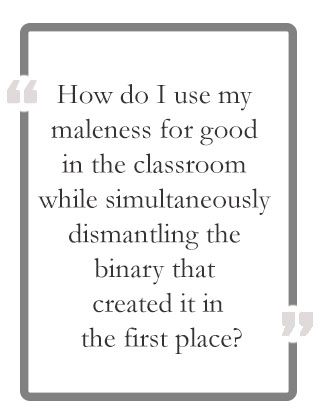
After ruminating on these ideas, I bounded back into the classroom. “What’s your favorite color, Mr. Jake?” “You know, I don’t think I have a favorite color. They’re all so beautiful.” This did the trick for a while until one day I was approached by two children. One of them asked me my favorite color and before I could respond, the other apathetically explained “He doesn’t have a favorite color. He likes them all.” They left me, mouth agape, and moved on to somebody more interesting. I realized that even my non-committal answer was too clean in its inclusivity; it gave the child nothing to contemplate. After further reflection, I decided to incorporate some of life’s hallmark uncertainty: “Today, I’m feeling very fond of green. But my answer could be different tomorrow.” This got me where I wanted to be; the pensive child would digest my answer before their unfurrowing brow showed me they accepted my thinking.
And still, for me, there remains the question of pink. I was raised by a self-proclaimed “bra-burning feminist” and all my life I’ve hoped to do right by her. Each time I don’t model for a child that I’m a cisgender man who likes pink–childhood medicine, be damned– I feel I’m missing an opportunity.
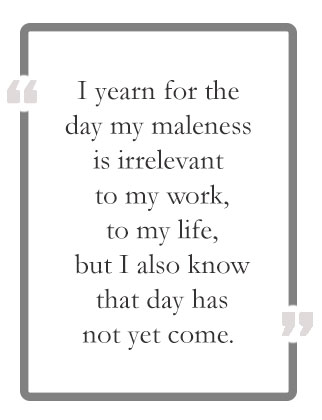
I realized the simple question of favorite colors is in fact a much greater conundrum in microcosm: how do I use my maleness for good in the classroom while simultaneously dismantling the binary that created it in the first place? By modeling for children a maleness (albeit an alternative one), I validate a concept to which I no longer subscribe. And yet, the patriarchal binary is in fact the dominant framework of my society, made all the more visible in recent years by an American President who boasts about sexual assault and a more visible reckoning for toxic masculinity than this country has seen in recent memory. I yearn for the day my maleness is irrelevant to my work, to my life, but I also know that day has not yet come.
Is my job to complicate the child’s perception of masculinity or to abandon the binary altogether? Am I here to challenge the existing patriarchal paradigm or to leap-frog into a future so gender diverse the question of “favorite color” is simply about color preference?
There goes that “or” again… The answer to these questions is of course non-binary in itself. We must do both, “[allowing] for there to be a spectrum in all that [we] see,” as Dr. Tyson suggests. I can wear bifocals in the classroom, seeing my children through feminist and non-binary lenses.
Beyond Dr. Tyson, another scientist with wisdom on this point would be Dr. Montessori; only through observing the child as they emerge into a predominately binary bound society will we know how to foster their individually developing senses of gender. The four-year-old boy who wears nail polish to school without giving it a thought and the four-year-old girl who tells me I’m not to cross my legs when sitting in a chair are ready for different lessons from the invisible gender curriculum shelf. Despite my own conflicted views of the role of my maleness in the classroom, such a non-binary approach is all I can think to adopt.
Anyways. That’s my thinking today. But my answer could be different tomorrow.
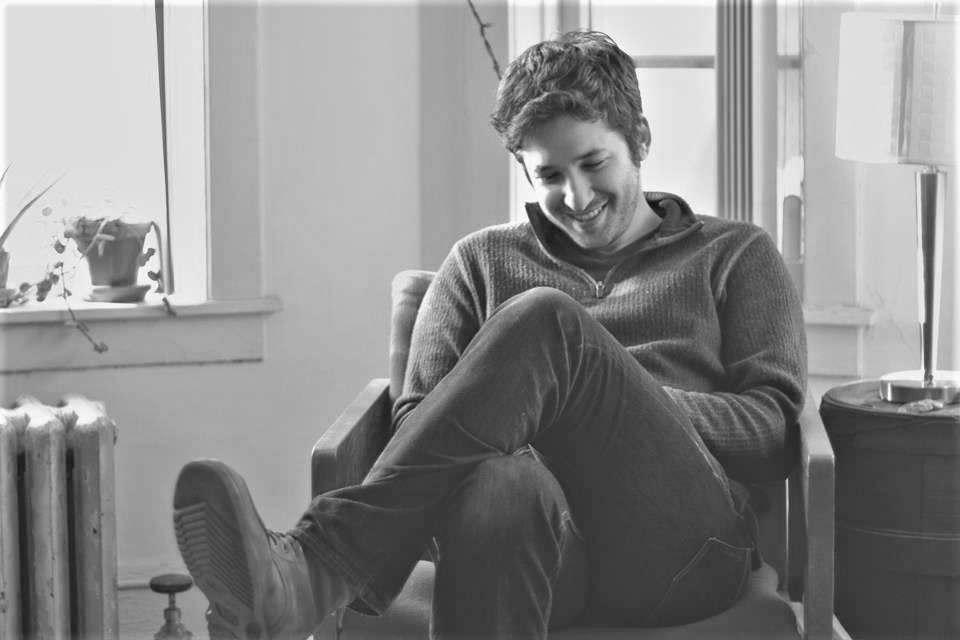
Originally from Virginia, Jake graduated with a degree in Theatre from Northwestern University before spending several years working both as an actor in regional theatre as well as a teaching artist in Chicago Public Schools. In 2012, he stumbled into a job at a Montessori school where he immediately became fascinated by the pedagogy. He then moved to Oakland, CA to complete a Master’s program in Montessori Early Childhood Education at St. Mary’s College of California where he conducted his thesis research on implementing Montessori curriculum in Head Start classrooms. After five years living and teaching in the Bay Area, Jake and his partner, Jessie, relocated to Philadelphia where Jake now works at Clementine Montessori in Center City.